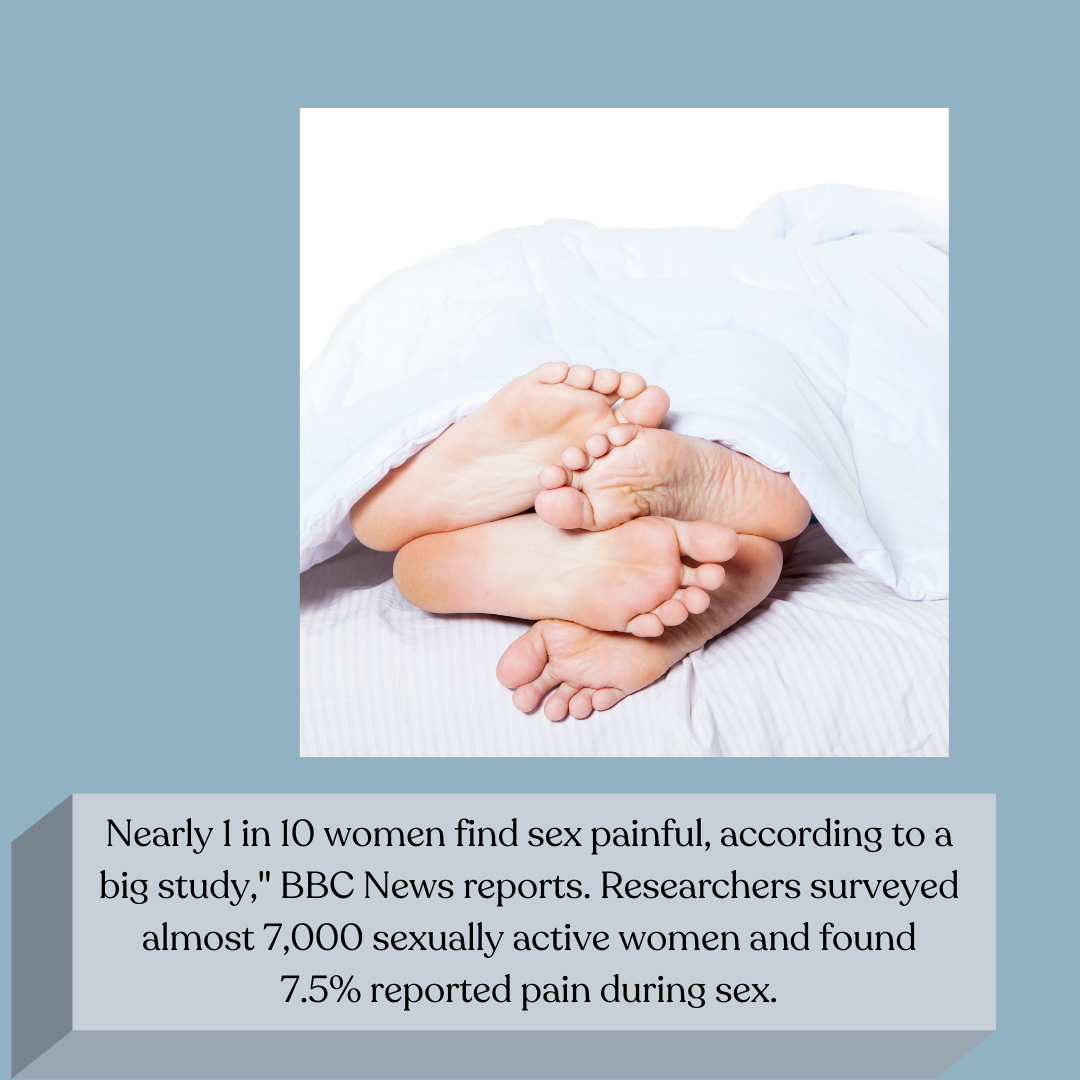Who needs pelvic floor Physical Therapy?
…why seeing a specialist matters (and how to find a qualified person in your area)
Let’s start with the basics: how do you know you have a pelvic floor “problem”?
Some problems have more obvious involvement of the pelvic floor muscles:
Bladder leakage with jumping on a trampoline, coughing, sneezing, laughing, jumping jacks, etc.
Pelvic organ prolapse - heaviness, pressure or discomfort in your lower pelvic area, especially towards the end of the day or with heavy lifting or high impact exercise
Bowel incontinence or small accidents with activity, exercise, or a strong urge
Painful sexual activity and/or penetration
Pain in the pelvic area while pregnant
Pain in the genital area or “sits bones” area with sitting - may worsen depending on the surface or the amount time spent sitting
Anything else?
Yup! Consider the following:
Abdominal pain, bloating, GI issues, painful sexual or penetrative activity, low back pain due to endometriosis
Urinary urgency, frequency or leakage because you “waited too long” or “couldn’t make it to the bathroom fast enough”
Difficulty starting urine stream, slow or irregular stream, difficulty fully emptying bowel or bladder
Painful urination, bladder irritation, and constant urgency, but negative tests for a UTI
Painful ejaculation, orgasm, or pain post-sexual or penetrative activity
Hip crease, groin, glute, sacroiliac joint, low back, “sits bones”, or “crotch” pain
So, to summarize, here are some of the issues we help with:
Pregnancy and Childbirth: diastasis rectus abdominis (DRA), c-section, birth trauma, forceps or vacuum delivery, episiotomy, large tears, multiple birth (twins, trips, etc.), long labor or pushing, large baby weight or head size
Injury- falls, accidents, trauma (physical or sexual), overuse, hyper-mobility (loose ligaments)
Endometriosis - abdominal pain, painful sexual or penetrative activity, painful bowel movements, IBS, abdominal incisions, low back pain
Menopause - hormonal changes, lack of estrogen, muscles are weaker, less bulk, vaginal wall thinner, limiting active lifestyle
Gynecological surgeries: hysterectomy, post-cancer treatment (including but not limited to pelvic radiation), complications from bladder sling procedures, mesh erosion
Chronic constipation - straining to empty bowel or bladder, hemorrhoids, fissures
Exercise and athletes - return to high-impact sports after pregnancy or injury, such as gymnastics, running, boot camp, HIIT workouts, CrossFit, weight lifting, running
Male pelvic dysfunction - incontinence, post-prostatectomy, chronic pelvic pain syndrome, painful ejaculation, pain that increases with gym exercise, bladder pain, bladder dysfunction or pain, pain with sitting, pelvic pain or low abdominal pain in general
How come I’ve never heard of pelvic floor physical therapy before?
I’ve been a pelvic health specialist for 16 years, and for most of my career, when I told people what I did for a living, I usually had one of two reactions: confusion (like, you spoke English, but that made no sense to me) or the “side eye” (as in, wait, are you talking about vaginas, peeing, pooping, and penises - then insert either immature or uncomfortable laughter or coughing). Yup, apparently, to the general public, this is a foreign topic and they don’t often talk about their problems in these areas with their friends and family. When people don’t talk or ask questions, they can’t get help. The good news: the level of education and training of the musculoskeletal system, specifically the pelvic floor and accessory muscles, are primarily in the realm of yours truly (and all of the others in my pelvic health posse). We also live in the Google-age and social-media world, so if you aren’t getting the care/answers you need, you should be able to find a provider that can help you. The tricky part is finding the right person. The buzzword “pelvic health” is HUGE right now! Anyone can say treat “pelvic health” and “pelvic floor” problems because there is no standard for specific education, certification, or expertise. This means your potential provider could have had training in one pelvic health continued education course or 35+ courses. Or, maybe they paid for a pelvic health specific mentorship, internship, residency, or sat for and passed a specialization exam. Yeah, lots of variability here.
How do I know that this person is a “good” pelvic health PT?
When people ask me this question, here are my general tips.
Find out how many years of experience the person has as a licensed Physical Therapist and how much of that training was specific to the pelvic health specialty.
Do you have a chronic or complicated problem? Do you have endometriosis, chronic pain, a complicated pelvic surgical history, on-going bladder pain, or are you looking to get stronger and return to exercise postpartum in a safe and healthy way?
What does the “about” page on their website look like? Do they talk about any additional training in pelvic floor dysfunction? What does the clinic look like? Are you going to be comfortable talking about your pelvic floor issues in that space? Because you should!!
Check out their social media as well - do they focus on a specific patient sub-population, and do you fit into that group?
Reach out to the potential provider you are considering: call, email, message on their website, DM on social, anything. Ask questions. If you feel like they don’t have confidence in treating your problem, or worse, are act threatened or defensive about your inquiries, find someone else.
Do they perform an internal assessment of your pelvic floor musculature? Many professionals have the opinion that if a physical therapist is going to include “pelvic floor specialist” as a specialty, they should have had training for external and internal pelvic floor muscle assessment. Keep in mind, however, that there are AMAZING PTs in the “pelvic health” field whom are are fully transparent that this is not part of their skill-set, and will happily refer you to a provider who is trained in this, if they/you deem this to a beneficial component to your care.
How about after your first appointment with your chosen provider. Did this person review treatment options and goals? Did they use palpation or touch as part of the assessment or treatment? Did you see anyone else other than the person you made the appointment with? Do you feel like you were able to ask questions and have them answered?
Ok, where should I look to find someone that I can work with?
Ask a health professional: doctors (primary care, OBGYN, urogynecologist, urology, colorectal, etc.), physician assistants, naturopathic doctors, midwives, chiropractors, doulas, yoga, Pilates, and fitness instructors, personal trainers, nutritionists, holistic healers, etc.
Pelvic Rehab website under “Find a Practitioner” https://pelvicrehab.com/
Pelvic Guru Provider Directory: https://pelvicguru.com/directory/
Facebook groups: mom groups, local groups - has anyone seen a pelvic floor PT that they loved??
Other groups you are a part of: book clubs, hobby groups, religious groups, etc.
Don’t just “live with it” and suffer - get help today and live your best life!








